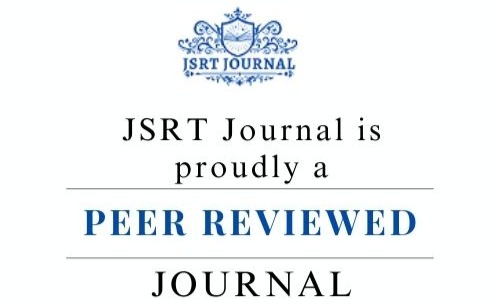Brain Tumor Detection Using Deep Learning
DOI:
https://doi.org/10.5281/zenodo.8373469Keywords:
Convolutional Neural Network, Medical Imaging, Image Segmentation.Abstract
Brain tumor segmentation is an immensely challenging and crucial task, particularly when dealing with large datasets. The diversity in the appearance of brain tumors and their similarity to normal brain tissues makes the extraction of tumor regions from images exceptionally challenging. In our approach, we propose a method for extracting brain tumors from 2D Magnetic Resonance Brain Images (MRI) using the Fuzzy C-Means clustering algorithm, followed by the application of both traditional classifiers and Convolutional Neural Networks (CNN). Our comprehensive experimental study encompasses a real-time dataset containing a wide range of tumor sizes, locations, shapes, and varying image intensities. In the traditional classifier phase, we employ six well-known classifiers, including Support Vector Machine (SVM), K-Nearest Neighbor (KNN), Multilayer Perceptron (MLP), Logistic Regression, Naïve Bayes, and Random Forest, implemented using scikit-learn. Subsequently, we transition to CNN, implemented using Keras and TensorFlow, which outperforms traditional methods with an impressive accuracy of 97.87%. The primary objective of our research is to differentiate normal and abnormal pixels based on texture and statistical features, facilitating the segmentation of brain tumors characterized by uncontrolled cell growth. Additionally, we explore the potential of data mining classification techniques in the healthcare sector, aiming for early disease prediction. Our study investigates a list of risk factors within brain tumor surveillance systems and proposes an automatic segmentation method based on CNN with small 3 x 3 kernels. This approach encompasses various stages, including data collection, pre-processing, average filtering, segmentation, feature extraction, and CNN-based classification and identification. Leveraging data mining techniques, we extract significant relationships and patterns from the data. Magnetic Resonance Imaging (MRI) serves as a computer-based image processing technique for detecting and diagnosing brain tumors, providing valuable insights into tumor size, location, and shape through various segmentation techniques such as region-based, boundary-based, and threshold-based methods.











